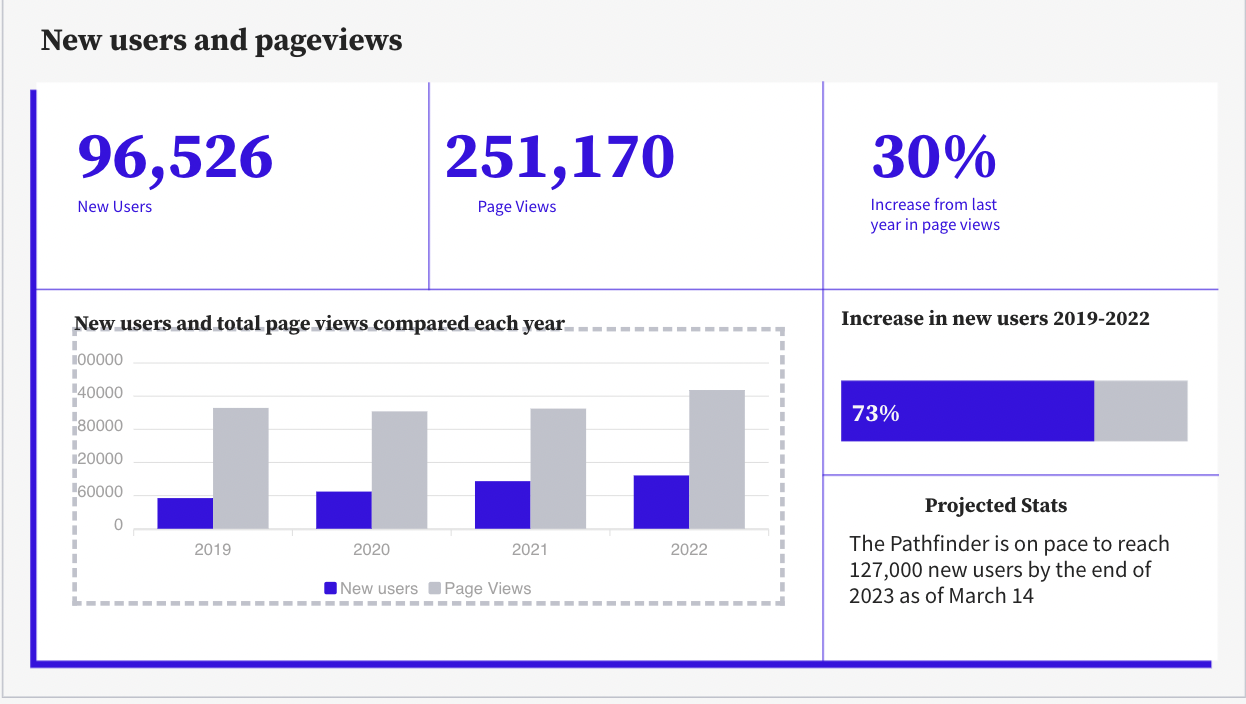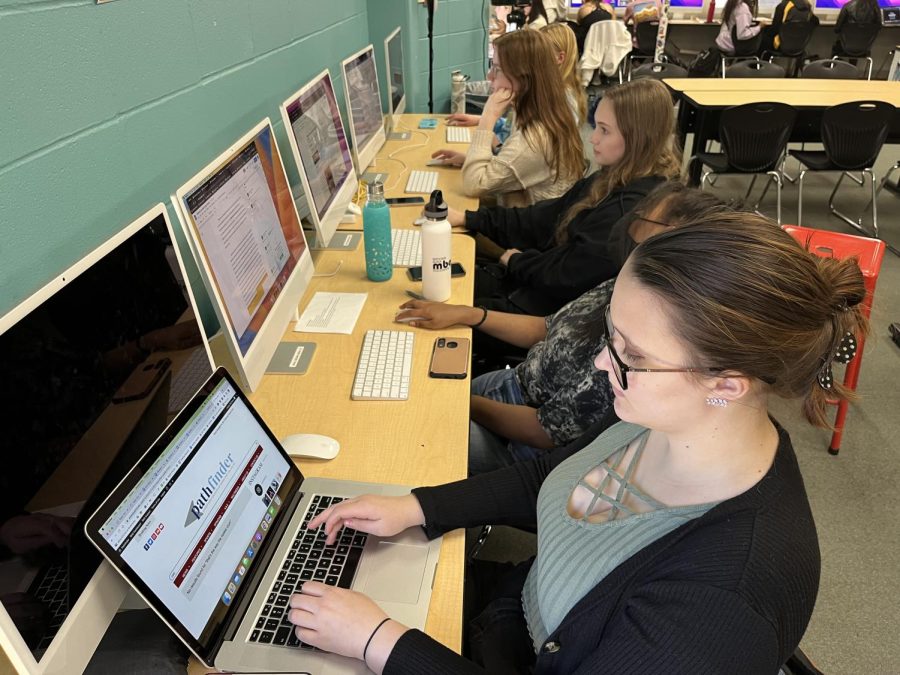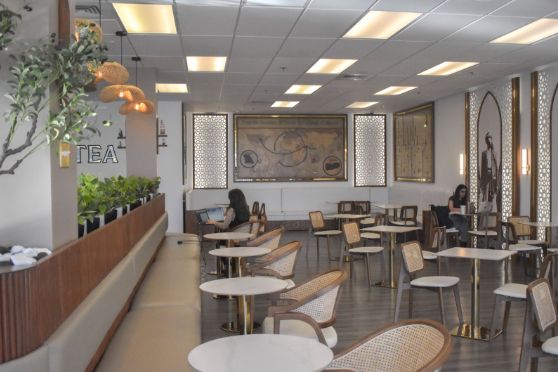Since its founding in 1968 as a student independent production, the Pathfinder has kept the West community up-to-date on current events and topics. In an attempt to learn about the readers of the Pathfinder, Google Analytics for the 2022 schoolyear were reviewed in addition to surveying students, parents and staff. The survey was sent out in the Jan. 9 and Jan. 23 newsletters, containing three questions for readers: what they like the most about the Pathfinder, what they would like to see covered more and what they would like to see differently in the Pathfinder.
In the year 2022, here is what our readers read the most, were most engaged with and commented most on.
Lessons from readers
Additionally, readers were asked their opinions on the Pathfinder’s strengths, areas of improvement and how best to add value to the West community. Their responses provided feedback on topics from the ease of accessing the Pathfinder to the depth and quality of content and what student journalists can do differently moving forward.
1. Accessibility
It matters how people reach us and how we reach out to the community. Although one may browse the internet to get to the Pathfinder or bookmark it in their favorites, there are other effortless ways to access the site.
“I read [the Pathfinder] on a more regular basis when my kids were students at West,” Shireen Kinzy, parent of alumni Quentin Kinzy, ’18 and Tyler Kinzy, ‘21, said. “I occasionally see stories on Facebook or Instagram that grab my attention, and I may click on the link. I wasn’t aware of the newsletter.”
The Pathfinder Newsletter was launched in 2022 and has helped us connect to our audience by directly delivering news to their inboxes weekly.
“I have been reading the Pathfinder since I came to West nine years ago. I especially appreciate when the writers send me the articles they write that interest me,” assistant principal Kate Piffel said. “I try to read once a week, but I don’t always have time, so I will catch up every two weeks. I subscribe to the newsletter, and it definitely helps.”
2. Breadth of Content
Several of our readers and commenters have praised the wide variety of topics that span the publication. From local school events like Homecoming and new school IDs to current events such as the 2022 SCOTUS leak on the Roe v. Wade overturn and the Russo-Ukrainian War, the Pathfinder reports national news but with an angle of its relevance to the West community. The angle of the topic in both these national events very much makes it local news: how international wars impact students right at school and how students had diverse opinions on the decision of our highest Court.
Although students may choose to write about any topic, they develop the skills to find new and interesting angles that offer something different than the mainstream media, include audience beyond focused groups, bring new conversations to the table, and eventually tie the topic back to the West community.
“I continue to be impressed with the [topics of] articles the students at Pathfinder seek to write,” Piffel said. “I will read anything about a student from my freshmen class or a colleague. I am a former social studies teacher, so anything in the realm of government, history, social issues, etc., is going to catch my eye.”
Parents and staff alike say that they read articles covering people they know. Research published by the Reuters Institute found that relevance is the paramount driver of news consumption and is tied to sociability. In journalism, sociability is an assumed interest of others and is used to connect to other people.
“[What I click to read] is usually articles related to courses my children took, past teachers or extracurriculars in which they were involved,” Kinzy said. “I’m also interested in articles about helping students improve their mental health.”
Students are our biggest group of readers and commenters. Many student readers interviewed were consistent in their preferences for feature and opinion stories.
“I heard about the Pathfinder in middle school, [but] I started reading articles more regularly this year. I read at least once or twice a week,” sophomore Will Gonsior said. “I read mostly opinions and editorials, not as much news coverage.“
3. Quality of content
Lacking measurement metrics to assess the content of the articles, we instead turned to our highest commenters to learn about the specifics of the content that excite them. Gonsior is a regular reader and a frequent commenter of the Pathfinder.
“It was really interesting that [the Pathfinder staff] decided to get together and do a review like the one on Taylor Swift’s new album; that was funny,” Gonsior said. “I like the type of articles [the Pathfinder] writes on current events where students [are asked] their take on events, [and] I would like to see more of that. It is interesting to see my fellow students take on these kinds of things because everybody will have a different opinion, and that is fascinating.”
Readers provided insight into their preferred direction of Pathfinder’s future and the types of articles they would like to see covered more.
“I appreciate when the writers push on the tougher subjects that need to be covered, things that might not get talked about in day-to-day school,” Piffel said.
Piffel also commented on the “Silent Struggles of Immigrant Children,” which reads, “It is important for others to hear and understand what our students and families go through. I appreciate [the Pathfinder] taking the time to share [these stories] and put the word out.”
As we strive to better understand our readers and learn how to better serve our community, interviewees were asked about one thing they would like to change about the Pathfinder.
“I get frustrated when things might not be correct or misreported. It’s important that when you are writing about something, you get both sides,” Piffel said. “For example, if it’s about a dance being canceled, you don’t just talk to the students, but get the opinions of the [Longhorn Council] sponsors and other people who oversee that program.”
4. Sources and Bias
Although several commenters noted that they like the number and the diversity of sources, one commenter urged student journalists to look for and to consider their own implicit bias. Nieman Reports — a publication of Harvard University on thought leadership in journalism — defines implicit bias as “an automatic or unconscious tendency to associate particular characteristics with particular groups.” They further add that a commitment to addressing implicit bias in news coverage could improve and transform audience engagement, increase trust and lead to more accurate coverage depicting our increasingly diverse world.
“American media and the public need to review the implicit bias,” a reader’s comment on “A crisis in our news: the media is failing people of color” read. “I hope the review of this article helps the betterment of news sources like these in the mere future.”
The American Press Institute lists tools to counter a journalist’s bias, including examining one’s likes and dislikes and the reason behind them and using the before and after test. The before and after test involves writing down the lead at the offset before conducting interviews or researching the topic and checking it against the final lead after interviewing and reporting. This tool assists student journalists in learning about their inner biases that may have existed before interviewing. Similarly, readers may challenge their biases before and after reading an article.
Feeling comfortable to post a comment on one’s views and opening the door to a discussion provides a two-way avenue to consider bias and strengthen the reader-journalist relationship.
5. Solution Journalism
Several readers commented on how Pathfinder writers researched and proposed solutions to current issues. Solutions journalism is the rigorous and compelling reporting of solutions to social problems. The Pathfinder covers several topics regarding social problems, and solutions journalism enhances the reporting of these topics, especially in opinion pieces and editorials.
“Very informative. Thank you for not only showing the problem but also offering solutions,” one commenter of “Sus-tainable Fashion” said.
Overall, our readers feel the most valuable asset of Pathfinder is the people we cover. Many times, the readers are the people who are covered, their families, their teachers and their friends.
“All [writers of the Pathfinder] do a great job in bringing value to our readers,” Piffel said. “I would [imagine] students appreciate seeing articles about their friends.”
This conversation is ongoing, and as we aim to bring value and be more interactive with our audience, we would like to continue to hear from our readers. There are three ways readers can continue to be interactive and engaged: First, by leveraging our unlimited commenting spaces and posting thoughts on our articles. Second, the survey is still open, and readers may still take it to let us know their opinions. Lastly, one may drop a note to the Editorial Board.
“I am not sure what other people may be looking for, but I am interested in what [the Pathfinder] has. I like reading about my fellow students, and I enjoy posting my comments,” Gonsior said.
Learning from our readers is the best way to not only improve journalist skills but also to meet the expectations of our audience and to serve our community better. Aptly named the “Pathfinder,” meaning one skilled in leading or finding a way, journalism students strive to find new and better ways to represent not only their own voice but also the voice of the community.






![There are more than 20 open cardio machines at Crunch Fitness. I enjoyed the spacious environment at Crunch, a sentiment that was shared by sophomore Sanjana Daggubati. “[Going to] Crunch Fitness was the right decision because [it] feels more professional. Crunch’s workers are laid back, but not to the point where they don't care,” Daggubati said.](https://pwestpathfinder.com/wp-content/uploads/2025/09/IMG_5242-1-1200x900.jpg)

![Various empty Kit Kat wrappers crowd the desk, surrounded by scoring sheets. While production of Kit Kat flavors in the U.S. is limited, Nestlé, the owner of Kit Kat, manufactures hundreds of unique flavors in Japan, including the flavors ocean salt and passion fruit. “I thought there [were] some interesting flavors, and a lot of them were really unexpected,” senior Elle Levesque said.](https://pwestpathfinder.com/wp-content/uploads/2025/09/image-2.png)


![Pantone’s selection of the 2025 Color of the Year is revealed: Mocha Mousse. Ceramics teacher Ashley Drissell enjoys this year’s selection. “Maybe it’s the name but [Mocha Mousse] reminds me of chocolate and coffee. It makes me hungry. It’s very rich and decadent,” Drissell said.](https://pwestpathfinder.com/wp-content/uploads/2025/02/DSC_0015-1200x800.jpg)


